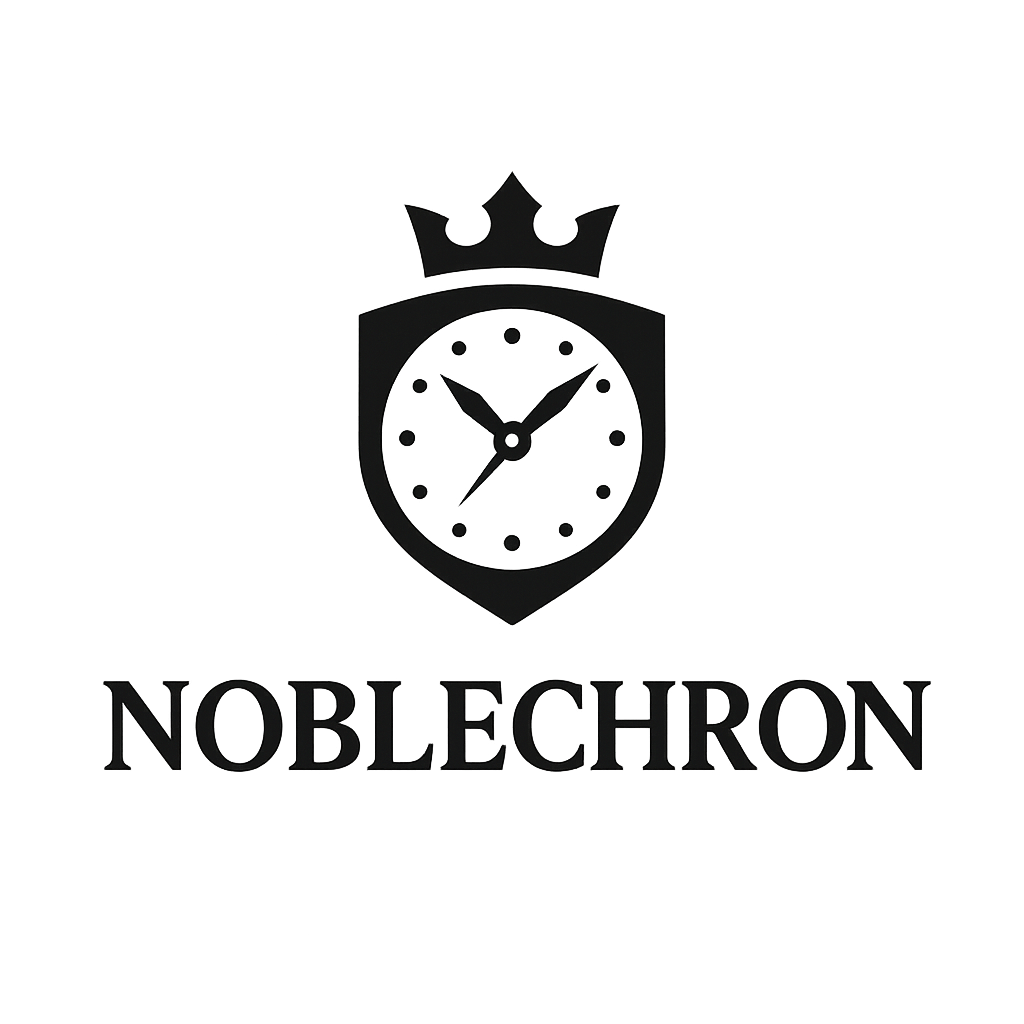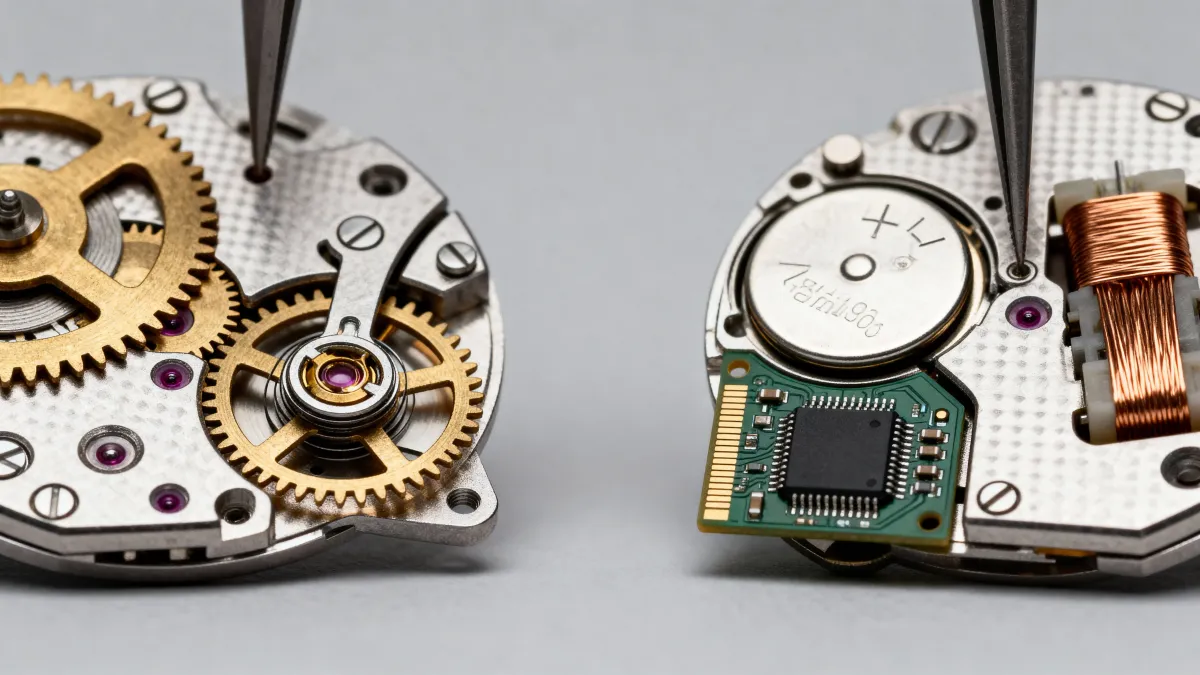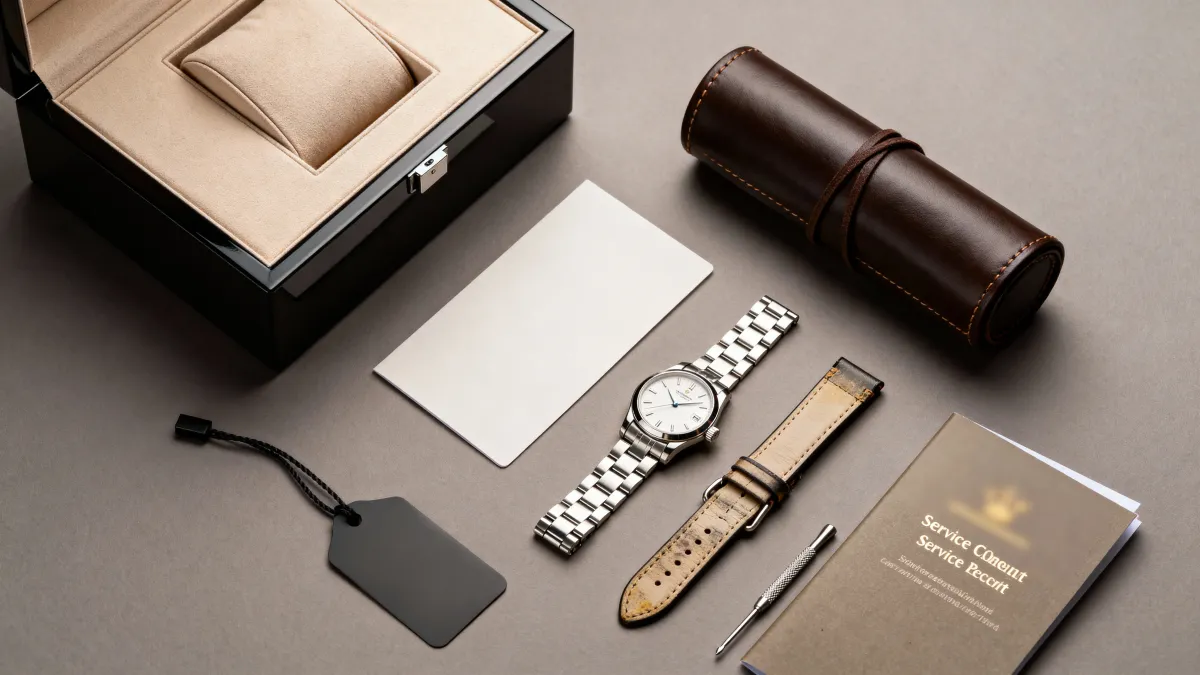Men's Fashion, Women's Fashion
Choosing Your First Luxury Watch: A Comprehensive Guide for Beginners
Stepping into the world of luxury watches is an exciting yet often daunting journey. The blend of intricate mechanical craftsmanship, storied brand heritage, and symbolic value can make choosing your first high-end timepiece a significant decision.
This guide was created to help you navigate the most essential factors, empowering you to confidently select the perfect time machine for yourself.
1. Define Your Purpose and Personal Style
Before immersing yourself in the myriad of options, the most crucial step is to understand why you want a luxury watch. Will it be a reliable daily companion, a statement piece for special occasions, or an investment? Your purpose will be the compass for your choice.
- For Daily Wear: A watch that sees frequent use requires durability and versatility. Stainless steel models are a fantastic starting point due to their resilience and classic appeal. Brands like Rolex, Omega, and TAG Heuer offer perfect options for daily wear.
- As a Statement Piece: If your goal is to make a lasting impression, consider watches with unique designs or complex features (complications). Brands such as Audemars Piguet, Patek Philippe, and Hublot are renowned for their distinctive styles and pinnacle of craftsmanship.
- As an Investment: Watches can be a good investment, but this path requires knowledge and research. Vintage pieces from brands like Rolex and Patek Philippe tend to hold or increase in value over time. Limited editions and discontinued models can also be lucrative.
2. Set a Clear Budget
Luxury watches can range in price from a few thousand to hundreds of thousands of dollars. Setting a clear budget will help narrow down your options and prevent overspending. Remember to factor in potential additional costs like insurance and maintenance.
3. Research Brands and Models
- Heritage and Reputation: Choose brands with a rich history and a solid reputation. Rolex, for instance, is renowned for its reliability and iconic status. Patek Philippe is celebrated for its intricate complications and classic elegance.
- Iconic Models: Familiarize yourself with the famous models within your budget. The Rolex Submariner, Omega Speedmaster, and TAG Heuer Carrera are excellent starting points, each with its own unique appeal and storied background.
4. The Movement: The Heart of the Watch
The movement is the soul of a watch. There are two primary types to consider:
- Mechanical: Powered by a mainspring that requires winding, these are prized for their craftsmanship and traditional appeal.
- Manual-Wind: Requires the user to periodically turn the crown to wind the mainspring.
- Automatic (Self-Winding): Winds itself using the motion of the wearer’s wrist.
- Quartz: Powered by a battery, these are typically more accurate and affordable than mechanical watches. However, they lack the mechanical allure that many watch enthusiasts seek.
5. Size and Fit
The size of the watch should be proportional to your wrist. Case diameter is typically measured in millimeters (mm), commonly ranging from 36mm to 45mm.
- Smaller Wrists: Look for watches between 36mm and 40mm.
- Larger Wrists: Watches 42mm and above may be a better fit.
The best way is to try on different sizes in person to see what feels comfortable and looks balanced.
6. Case Material and Crystal
- Case Material: Common materials include stainless steel, gold, titanium, and ceramic. Each has its own aesthetic and functional benefits.
- Stainless Steel: Durable and versatile.
- Gold (Yellow, White, Rose): Luxurious and prestigious.
- Titanium: Lightweight and extremely strong.
- Ceramic: Scratch-resistant and modern.
- Crystal: Sapphire crystal is the most durable and scratch-resistant type of glass, commonly found on high-end luxury watches.
7. Strap and Bracelet Options
The strap or bracelet can significantly change a watch’s appearance and comfort.
- Leather Strap: Classic and elegant, suitable for dress watches.
- Metal Bracelet: Durable and versatile, ideal for sportier models.
- Rubber or Fabric Strap: Comfortable and casual, often used for dive or sports watches.
8. New vs. Pre-Owned?
Both options have their own merits. A new watch comes with a full warranty and the latest features. A pre-owned watch can offer significant savings and provides the opportunity to own discontinued or vintage models. Ensure you buy from reputable dealers to avoid counterfeit products.
9. The Importance of Authentication and Certification
When purchasing a luxury watch, especially pre-owned, ensure it comes with its full set of papers and certifications. Trusted dealers will provide guarantees and detailed documentation of the watch’s authenticity and condition.
10. Maintenance and Care
Luxury watches require regular maintenance to keep them running smoothly. Mechanical watches should be serviced every 3-5 years, while quartz watches need battery replacements. Proper care, such as avoiding extreme conditions and performing regular cleaning, will ensure your watch remains in pristine condition.
Choosing your first luxury watch is a deeply personal and rewarding journey. By understanding your needs, setting a budget, and conducting thorough research, you can find a timepiece that doesn’t just tell time; it tells a story.
Whether it’s a symbol of achievement, an heirloom to pass down to the next generation, or a valuable investment, your first luxury watch is a timeless decision. Enjoy the process and wear your choice with pride!


